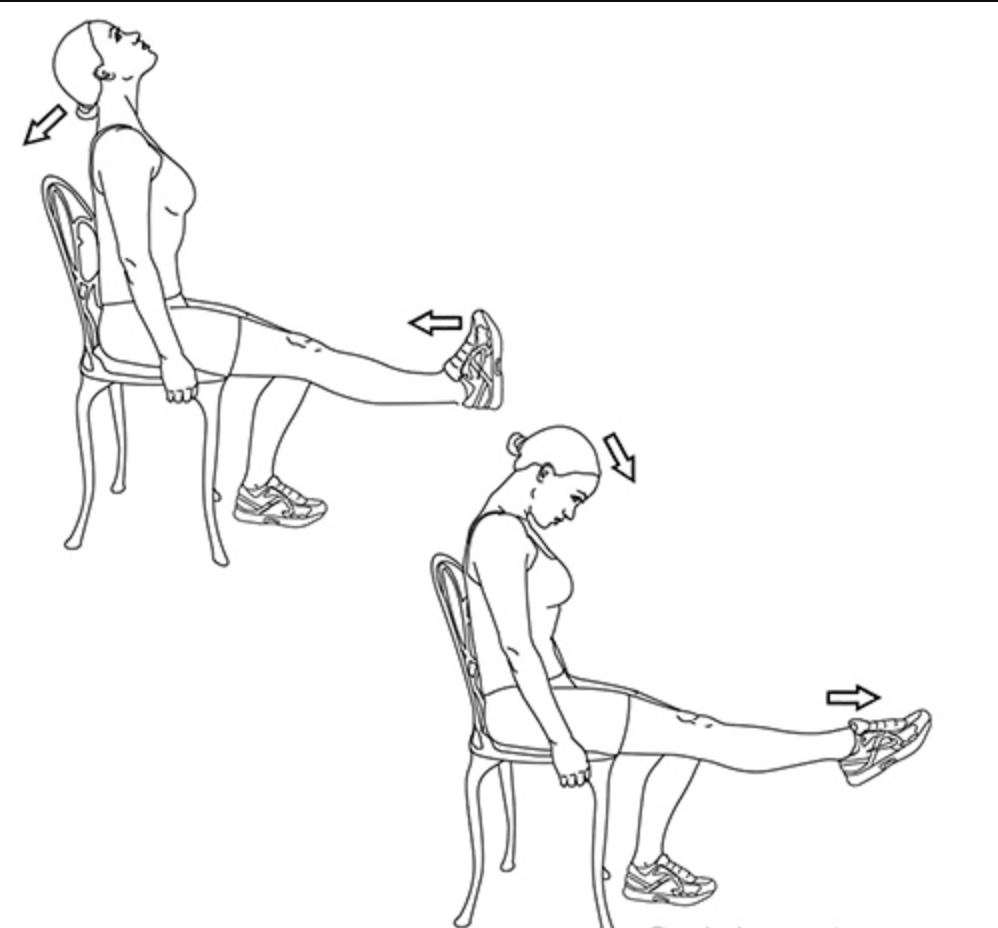
Lower back pain due to disc herniations, characterized by radiculitis or nerve pain traveling down one leg, requires a nuanced approach to physical therapy. Understanding the directional preferences for each individual—where movements like flexion (bending forward) or extension (leaning back) may alleviate or exacerbate symptoms—is key to formulating an effective treatment plan. Let’s dive into three exercises designed to support recovery from disc herniations, keeping in mind that these should be performed under the guidance of a healthcare professional to ensure they are appropriate for your specific condition.

1. McKenzie Extension Exercise
This exercise is particularly beneficial for those who find relief in extension movements. To perform the McKenzie Extension:
– Lie face down on a firm surface.
– Place your elbows directly under your shoulders, propping yourself up and arching your back gently.
– Hold this position for 15-30 seconds, taking care to ensure comfort and no increase in leg pain.
– Repeat 5-10 times, gradually increasing the extension as tolerated, always mindful of your body’s responses.

2. Nerve Flossing
Nerve flossing helps mobilize the nerve and can alleviate symptoms of radiculitis by gently stretching and releasing the nerve tissue. Here’s a simple way to incorporate nerve flossing:
– Sit on a chair and straighten the affected leg to a comfortable stretch.
– Flex your foot to intensify the stretch along the nerve pathway and then relax.
– Perform this movement slowly and rhythmically 10-15 times, envisioning the nerve gliding smoothly through its path.

3. Seated Glute Stretch
This stretch targets the piriformis and glute muscles, which, when tight, can exacerbate lower back pain and sciatic symptoms.
- Sit on a sturdy chair, keeping your back straight and feet flat on the ground.
- Cross the leg of the affected side over the knee of the opposite leg, creating a figure-4 shape.
- Gently lean forward from your hips, maintaining a straight back, until you feel a stretch in the glute of the crossed leg.
- Hold this stretch for 20-30 seconds, taking deep breaths to help relax the muscles further.
- Carefully switch sides if needed and repeat 2-3 times per side.
Incorporating this stretch into your routine can help alleviate tension in the lower back and hip region, contributing to a reduction in discomfort from disc herniations. As always, it’s important to perform this stretch gently and avoid pushing to the point of pain. The focus should be on feeling a comfortable stretch in the glutes, which can help in managing symptoms and improving mobility.
Coupled with the McKenzie Extension Exercise and Nerve Flossing, this glute stretch can form part of a comprehensive approach to managing lower back pain.
Lastly, we believe in empowering our patients through education. Understanding your condition, knowing the dos and don’ts, and learning how to manage symptoms effectively can make a significant difference in your recovery journey. Our team is here to support you every step of the way, providing personalized care tailored to your unique needs.
Remember, every individual’s condition is unique, and what works for one person may not work for another. Together, we can work towards managing lower back pain and improving your quality of life through education and movement.
